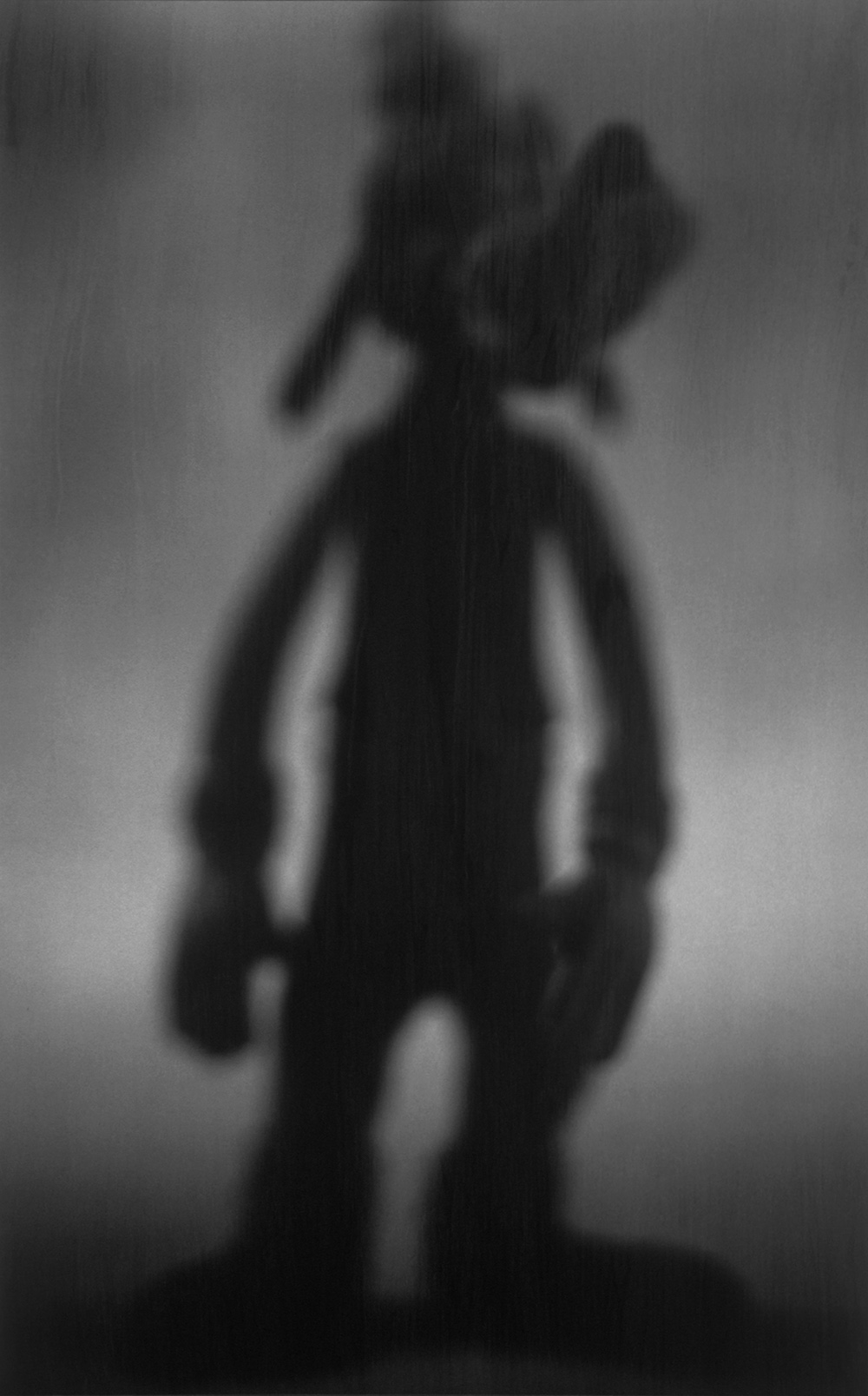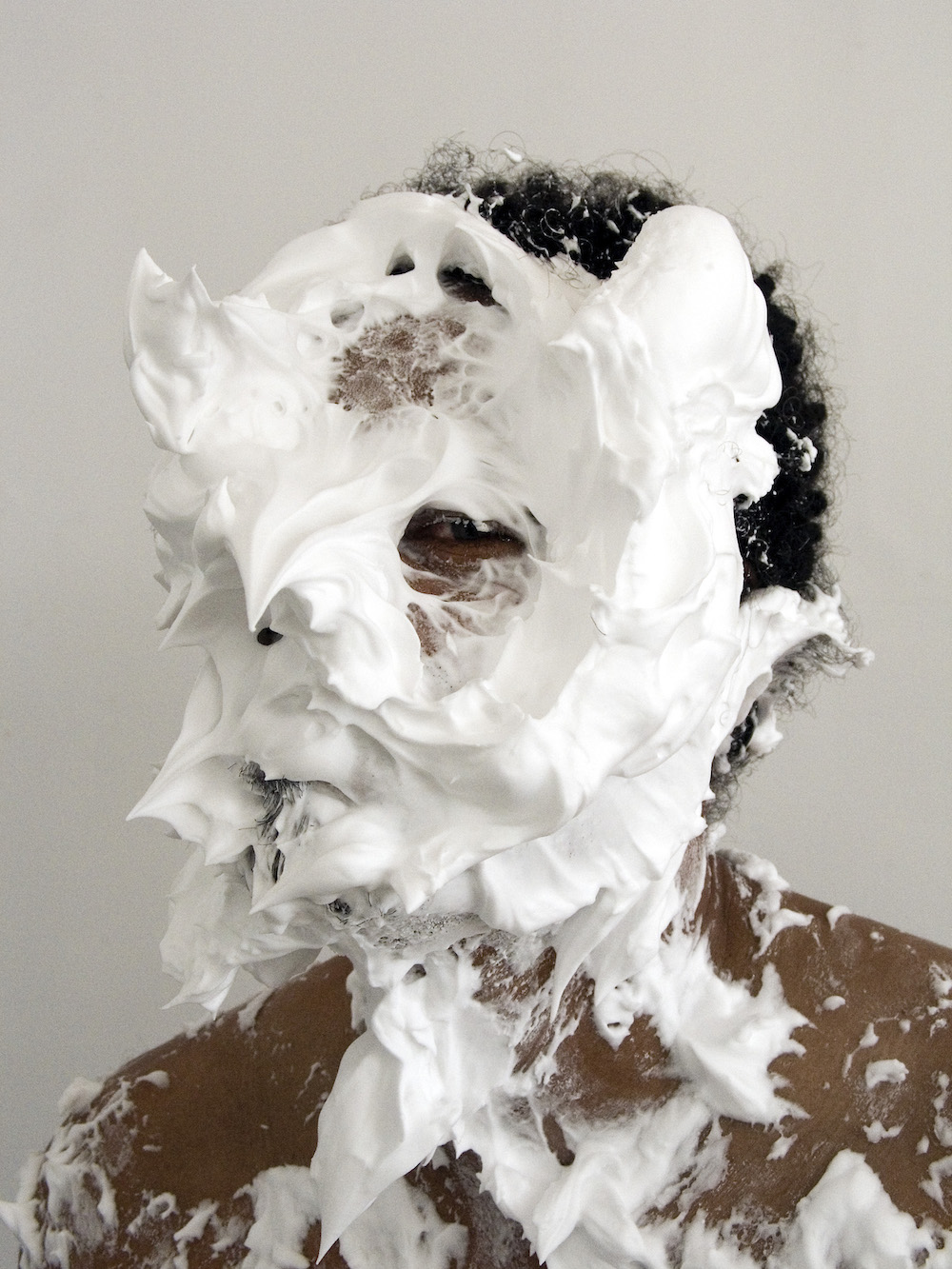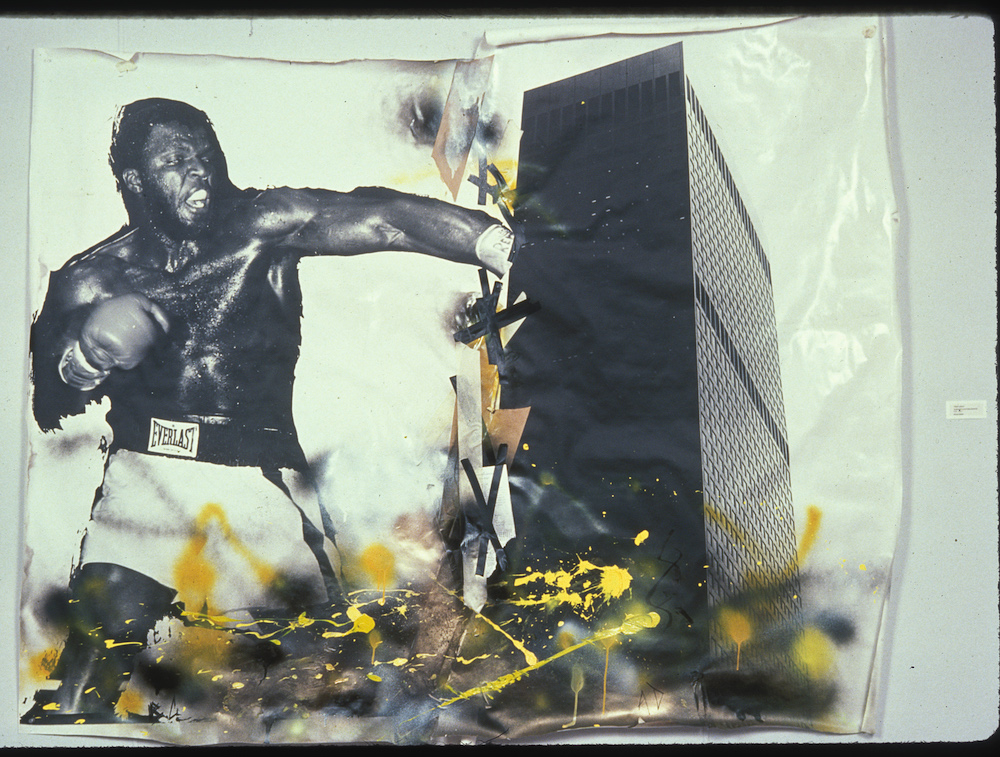Guggenheim Fellow and native Angeleno Todd Gray is a visual artist whose work is in the collections of MOCA, LACMA, the Whitney, and the Studio Museum in Harlem. While mostly photo-based he also presents performance works; that is how we first met and collaborated. We recently spoke over the phone for a couple of hours, talking about food and his career, in no particular order.
AUGUST 2020: The quality of my work as a Black artist could reasonably be questioned; taste, trends, events, politics, all influence reactions to cultural artifacts and their respective makers. Yet it came as a surprise to me, early and repeatedly, that my very Blackness itself was also interrogational, and that I would become one of its chief examiners.
JUNE 2004: The “California Missions” project was a stab at the colonial history of my native state. Too immersed in the cultural windfall of Southern California and still too angry to assess my own colonization, I created a series of enormous photographs of landscape as guillotine, a symbol of the proselytizing missionaries who sliced a cultural before/after through the people, their land, their traditions. Half a horse protruded from a forest while the other side of the photo was a gleaming mirror finish so the people, newly redeemed in Christ, could see themselves reborn as saved souls.

California Missions, Horse, 2006, mixed media, ©Todd Gray Courtesy of the artist and David Lewis, New York.
JANUARY 1996: While drinking cocktails at Shoshana Wayne Gallery—the show would soon be closing, this new series of vulgarizations of Disney characters—I was invited by another artist to drop by his studio when I was next in New York. I didn’t remember until I was in Little Italy later that August. At dinner I learned that a Haitian immigrant, Abner Louima, had been beaten by officers in a police station, sodomized with a broken broom handle which one officer hoisted in pride, blood- and feces-stained. I thought, “They’ll get away with it.” But what a surprise, they didn’t. Perhaps there is some hope for the future. So much for my prediction.
APRIL 2018: I learned I won a Guggenheim Fellowship. It had the sort of prestige I was looking for, an elevation, rather like one of those orders the Queen of England gives out. David Bowie refused his. But tacking “Sir” onto David Bowie would have been a lowering. No way, of course, that I would decline. I worked too long and hard for this.
OCTOBER 1989: Things had been picking up but I wasn’t in any significant collections when I was approached by a fellow who convinced me that being bundled into a gift to the museums would be a sure way in. I believed him. By 1996 I was in both collections but I wasn’t paid for my work. In the museum, they had donor names of people unknown to me. I thought I was in control of the transaction but I clearly wasn’t. I felt like one of those iconic blues musicians robbed of their royalties, enticed, and bamboozled. Later at MOCA, I saw a White man contemplating my darkened image of Goofy, much longer than average (I time these things). I asked him why. It frightened him; like a Black thug, he said.

Goofy, 1994, silver gelatin print, acrylic varnish, 81×50″ © Todd Gray Courtesy of the artist and David Lewis, New York.
AUGUST 1998: I scored a tenure-track job at Cal State Long Beach mainly because of a photo shoot I did years earlier with Eazy-E. He and his NWA crew had nothing but disdain for me. I was a White boy to them. I had no credibility; working as a photographer for a record company meant I was one of them. They also had brought guns to the shoot. Not prop guns, real guns. For authenticity in the photos. Similarly, MC Hammer and his entourage had been unimpressed with the spread I laid for them. Apparently, they didn’t like sushi. White boy shit. Sneering at me, they appointed a deputation for fast food. I seriously thought, “Please, Hammer, don’t hurt me.”
JULY 1972: I got one of my photos in LIFE magazine. The Rolling Stones. My stunning childhood achievement. I thought, Okay, here I go. There would be a long dry spell.
MAY 2019: Oddly, the work that I did with Michael Jackson that I had tried to put behind me resurfaced in the work that was chosen for the Whitney Biennial. I didn’t want to be that fellow who photographed Michael Jackson, a yoke, I thought, once harnessed, would never leave my neck. Although he is obscured in my current work, I thought it tragic as I watched him change, a soul in search of himself.
FEBRUARY 2004: Which paralleled in form a discussion I had with an art critic concerning my “Conjur Man/Shaman” series in which I photograph myself as erased from mediation and moralizing, a creature of pure id. I thought I was successfully disappearing, making myself invisible, primordial. She disagreed, assured I was dealing with my Whiteness, the same thing that Eazy-E and MC Hammer had seen in me—middle class, middlebrow, self-puppetry. Perhaps there was more Michael in me than I had imagined.

Shaman 5.26.05, 2004, archival pigment print, 21×16″ © Todd Gray Courtesy of the artist and David Lewis, New York.
NOVEMBER 2014: On the first anniversary of his death, I began my year-long performance wearing the clothes of Doors keyboardist Ray Manzarek. In his haute-couture garments, I was often presumed to be a collector; the armor of apparent wealth. In 90 days John Crawford III, Michael Brown and Tamir Rice—all unarmed—have been murdered by police officers.
APRIL 1977: “Your thinking is muddled,” Baldessari said. He hadn’t yet achieved the look of a Tolkien wizard; his hair was still dark but the style was already cemented. Advertising, he assured me, could never be the subversive instrument that I imagined making it. “You are not a spy in the house of Saatchi.” Forty-two years later I got into the Whitney. I meant to tell him, still seeking his approval, but things piled up. Then it was too late.
JUNE 1983: I was plastering enlargements of my photos onto the walls of downtown Los Angeles, photos of boxers, giant boxers, Black and Brown, punching skyscrapers, like heavyweight Godzillas animated by rage. I had frustration. I needed my work to be seen, appreciated, admired, adored. I was so hungry then, and I had energy, I could wake early after working late into the night. I had the buzz of youth, the hum of arrogance, the belly of fire. Now, my knees ache, I misspell words. As my years increase so will the number of required assistants (inadvertently, I originally wrote assassins).


